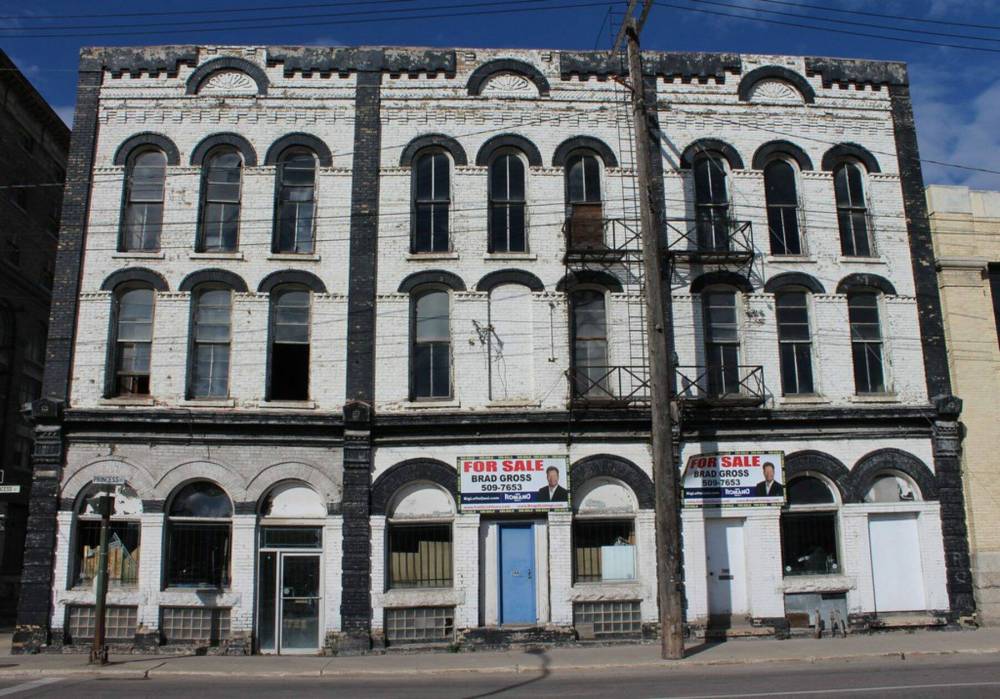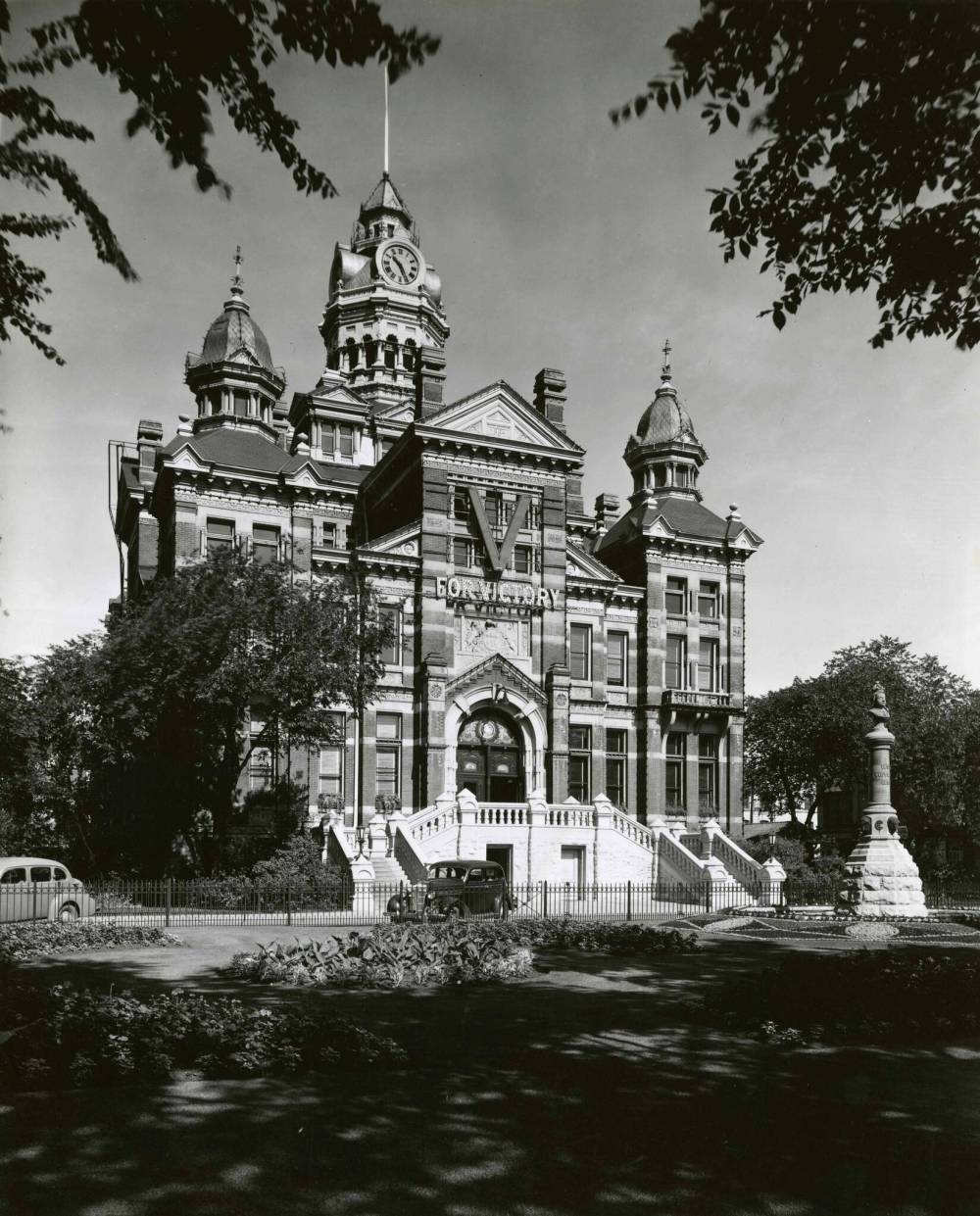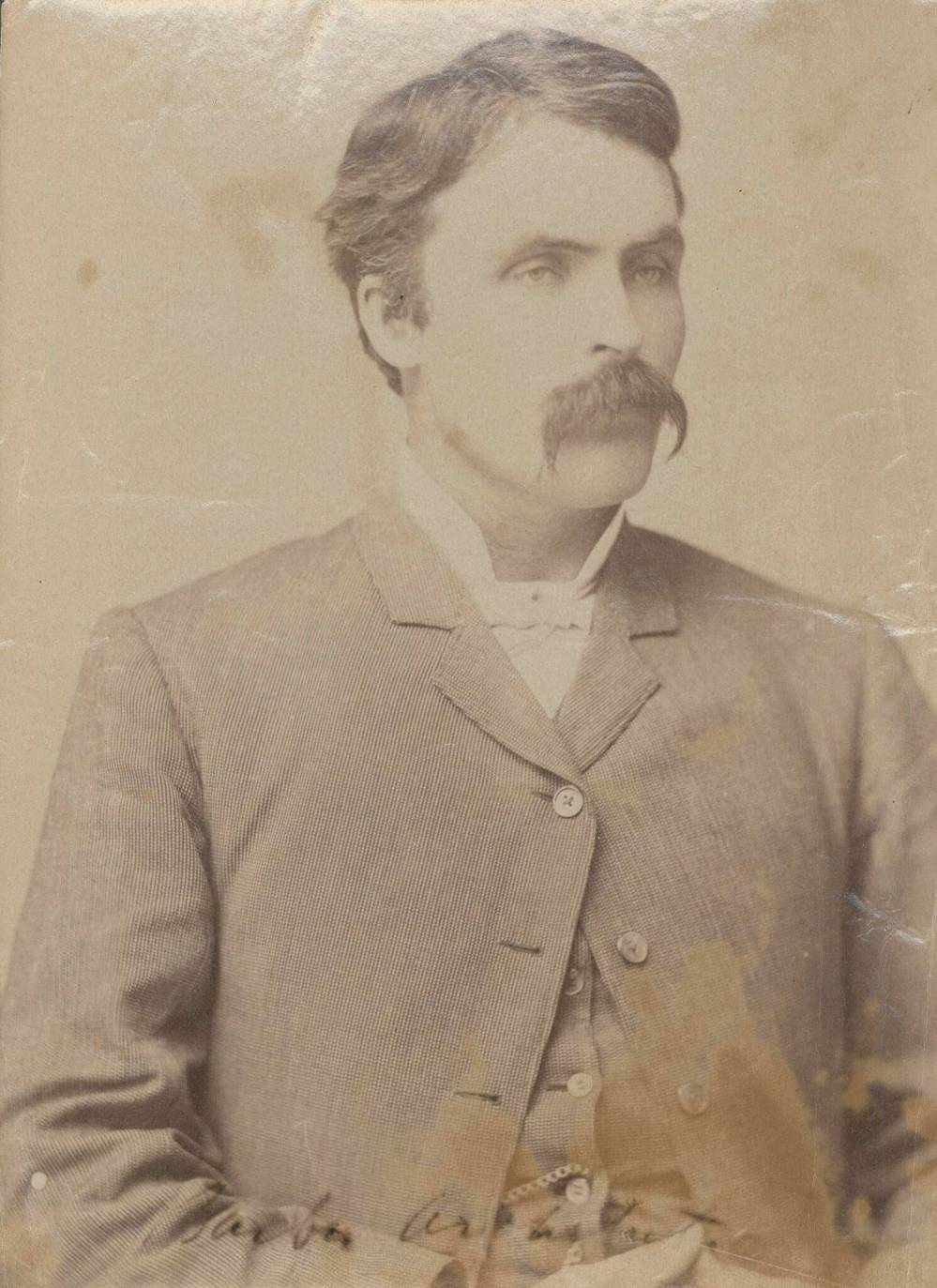Charles Barber designed Winnipeg’s early skyline
Advertisement
Hey there, time traveller!
This article was published 07/02/2024 (671 days ago), so information in it may no longer be current.
Charles A. Barber came to Winnipeg from his native Ontario in the spring of 1876 to set up his architectural practice. Within the year, he began transforming the skyline of the fledgling prairie city into that of a modern urban centre.
Barber’s first large commission came from the Anglican Church in June 1877, when he beat out two other architects for the prestigious St. John’s College Ladies College building. The three-storey, brick and stone structure was described as a mix of “Swiss, English, and American gothic styles”. The ornate Winnipeg Central School on Ellen Street for the Winnipeg School Division followed weeks later.
These schools put Barber on the map and he was soon working primarily on residential properties for members of Winnipeg’s early business elite.

Photo by Christian Cassidy
242 Princess St. pictured here in 2015, is the last intact commercial building designed by Charles Barber in Winnipeg.
Barber was busiest in the early 1880s, after it was announced that a transcontinental railway would pass through Winnipeg in 1882. The city’s businesses and institutions all wanted larger buildings that would house them for decades to come. Barber’s Main Street office contained a large staff of draughtsmen and at times he partnered with other architects to help share the load.
In 1882 and 1883 alone, Barber designed such notable buildings as Manitoba College on Ellice Avenue, the Winnipeg Police Court on James Street, the original Knox Presbyterian Church on Donald Street, and, undoubtedly his best-remembered work, Winnipeg’s “gingerbread” city hall.
Barber’s career slowed in the mid-1880s, likely due to a series of scandals that showed up his distasteful business practices. It was alleged that he tried to bully the General Hospital’s board to accept his design for a new building and that he tried to bribe civic officials during the construction phase of city hall. A further bribery scandal in 1887 saw him relocate his firm to Minnesota.
When Barber returned to Winnipeg in 1891, it is unknown if his reputation had been forgotten. It was clear, though, that many felt his mishmash of ornate historic styles was considered passé. New architects with fresh designs from places such as Chicago and New York, had displaced him.
Barber closed his Winnipeg office in 1898 and he moved to Montreal in 1901. He died in 1915 in New Westminster, B.C Little remains of the 80 or so Barber-designed buildings that once dominated the city’s skyline.

Manitoba Archives
Manitoba College, designed in 1881, was typical or Barber’s ornate style.
The façade of the 1892 Bawlf Block, Winnipeg’s original grain exchange building, was incorporated into Red River College Polytechnic’s Exchange District Campus. Likely the only intact remaining Barber building is the Bathgate Block at 242 Princess Street. It was built in 1882-83, making it one of the oldest commercial buildings left in the city, and has sat vacant since around 2000.
When the Bathgate Block is gone, so will the last trace of the most prolific architect of Winnipeg’s first decade

City of Winnipeg Archives
Winnipeg’s “gingerbread” city hall designed in 1883 is likely Barber’s best-known work.

City of Winnipeg Archives
Architect Charles A. Barber transformed early Winnipeg’s skyline.

Christian Cassidy
Christian Cassidy is a Manitoba Historical Society council member and a proud resident of the West End. He has been writing about Winnipeg history for more than a decade on his blog, West End Dumplings.
Our newsroom depends on a growing audience of readers to power our journalism. If you are not a paid reader, please consider becoming a subscriber.
Our newsroom depends on its audience of readers to power our journalism. Thank you for your support.




